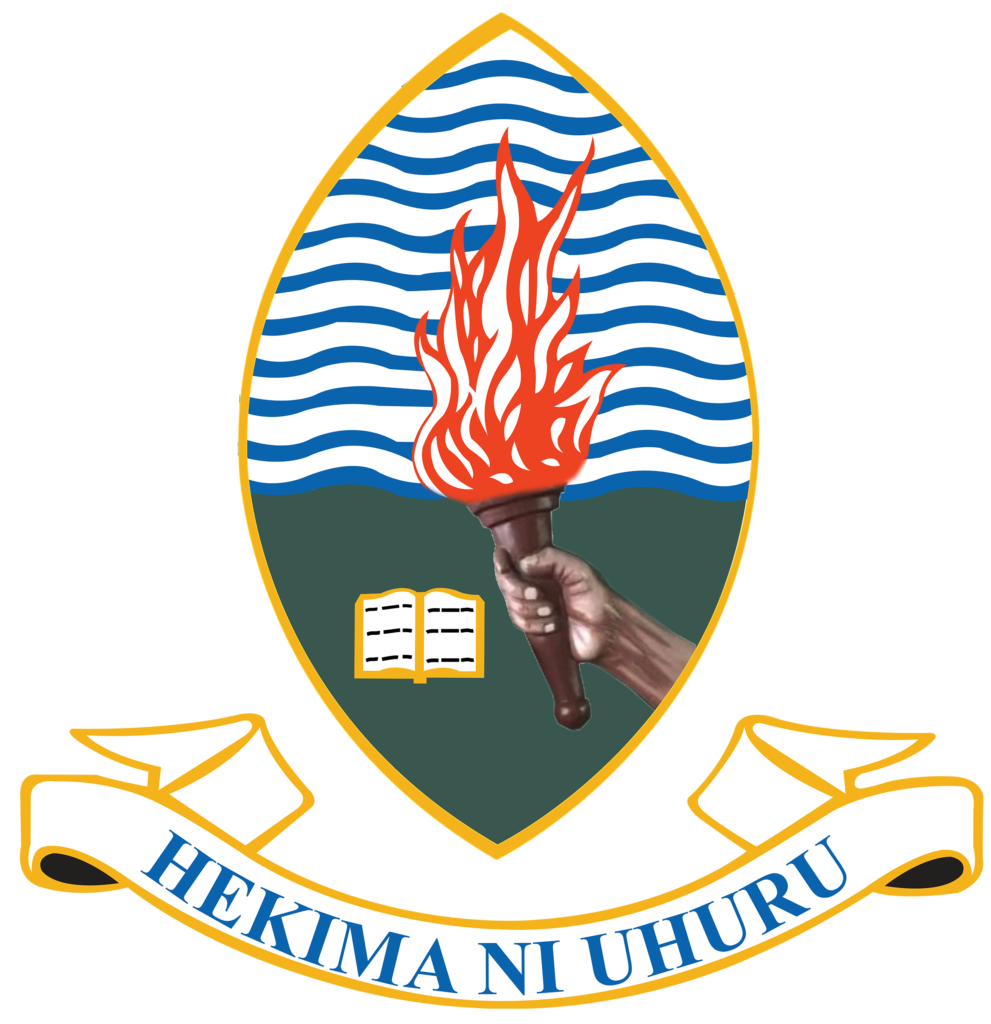Background:
Tanzania faces a massive challenge of Human Resource supply and demand in a variety of sectors including health, education and so on. According to the Ministry of Health’s most recent data, there is a 48% shortfall of healthcare staff. Due to the current deficit, effective management of limited human resources is required to provide quality health service delivery.
Workload Indicators of Staffing Needs plus Prioritization and Optimization Analysis (WISN+POA) are data-driven tools developed by WHO and Touch Foundation respectively, to assist relevant authorities (Local Government Authorities(LGAs), Ministries, etc.) in prioritizing and allocating, distributing, and redistributing HRH employees to various cadres to health facilities based on priorities and actual HRH demand. WISN was created to measure the service delivery workload using routinely gathered data and well-established workforce standards. POA uses WISN output reports for effective prioritization and optimization. However, Health secretaries used to utilize these tools in excel format and without being integrated with other data source systems.
Methodology:
The University of Dar es Salaam DHIS2 Lab customized the Digital WISN+POA tool using the DHIS2 platform, which includes capabilities such as the ability to run all required WISN+POA reports, aggregate staff requests, set ceilings to assign personnel per LGAs, and allow LGA users to distribute staff via POA procedures. Indicators were configured in DHIS2 to handle intense WISN+POA calculations and reports. For sustainability, digitization enabled integration with other national systems in health and Human Resource Systems. The tool was implemented as a DHIS2 plug-n-play application. Implementation and deplyment of WISN+ POA app was user – centric and participatory, involving all key stakeholders in the government during the process.
Results:
A total of 184 Tanzania Local Government Authorities (LGAs) began using the first designed Digital WISN+POA technology in 2017. By removing the manual feed of HRH data and HMIS Service delivery data into the WISN POA and increasing the functionality of allocation and reallocation, the solution helped health secretaries minimize their workload. When compared to the Excel tool, the use of the Digital WISN+POA tool makes it easier to add new cadres and facilities. Later in 2020, enhanced Digital WISN+POA tool with more functionality was developed for higher government authorities, the President’s Office, Public Service Management (POPSM) and President’s Office Regional Administration and Local Government (PORALG).
Conclusion:
The usage of the digital WISN+POA tool aids in the efficient utilization of present human resources and the planning of future recruitment by defining demand-driven priorities.


